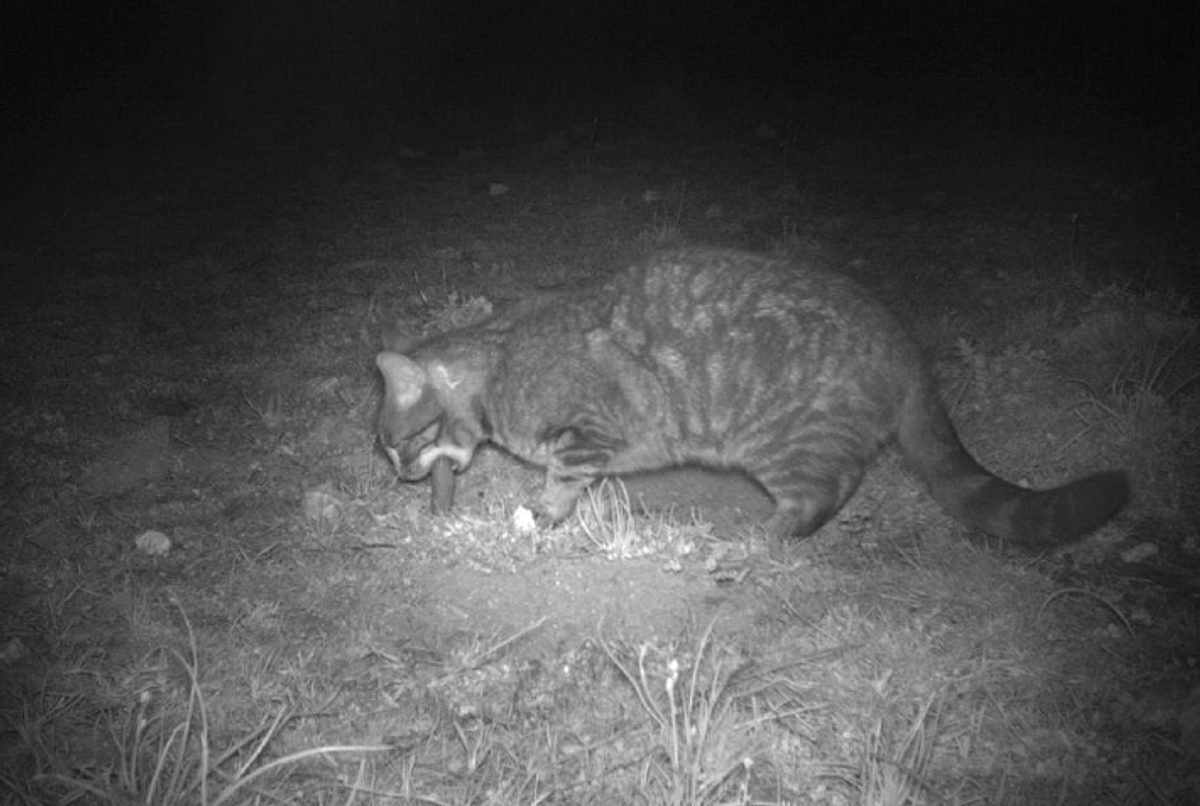Removing feral cats from parks on Kangaroo Island
Feral cat control in parks on the western end of Kangaroo Island is helping to minimise the cats’ impact on native wildlife recovering from bushfires.

Since the 2019-20 bushfires, the National Parks and Wildlife Service SA, in conjunction with the Kangaroo Island Landscape Board, has initiated additional feral cat control in state-owned areas.
This work is exploiting the opportunity to target unburnt areas to reduce the impact of predation by feral cats on the bushfire-affected populations of threatened species, including the Kangaroo Island dunnart.
It is in addition to the Kangaroo Island Feral Cat Eradication Program, which was set up in 2015 as a partnership between the Department for Environment and Water (DEW), the then Kangaroo Island NRM Board and the Australian Government.
The goal was to eradicate feral cats by 2030 in a staged way, starting with the Dudley Peninsula. The majority of this work is happening on private land, due to the significant impacts of feral cats on agriculture as well as wildlife.
While the two feral cat management programs were established for different reasons, they have complementary outcomes. Further feral cat control activities have also been undertaken by KI Land for Wildlife in partnership with the Australian Wildlife Conservancy on private land across western Kangaroo Island.

It is not known how many feral cats died in the fires; however, ongoing monitoring allows these programs to identify areas with feral cats and target control effort in these areas.
Since February 2020, DEW’s program with the KI Landscape Board has resulted in the trapping of about 120 feral cats in national parks on the western part of the island.
The program is using a range of techniques, including innovative methods to ensure the best chance of minimising the impacts on wildlife from feral cats as the environment recovers.
There are 180 cage traps in the area and a further 20 are being added. As each feral cat kills hundreds of birds and animals in a year, this work will reduce the pressure on native species as they recover.

